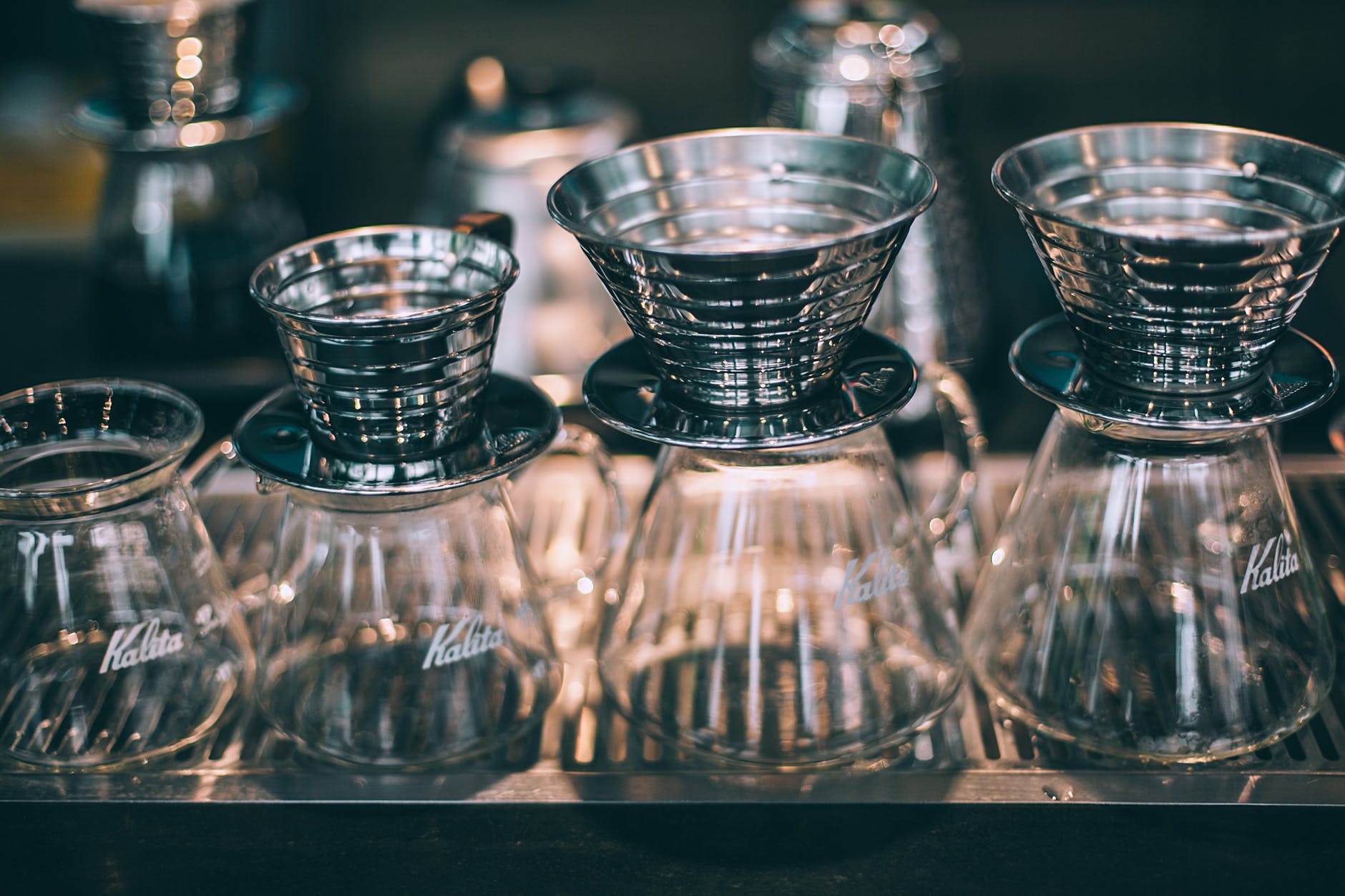
All the biz buzz now is about online marketing lead magnets, funnels, and sales pipelines.
But few realise these tools and strategies are not new, and didn’t originate online.
Their birth was with print, and print can still be used effectively to give sales a powerful push.
First some background.
The Covid-19 pandemic lockdown undoubtedly accelerated online business massively while brick-and-mortar businesses had to watch from the sidelines in despair.
During the lockdown, Amazon was clocking sales at a rate of about $11,000 a second on products and services and its equity value shot through the $1-trillion mark.
Netflix sales climbed by 40% to seal its global dominance of entertainment services.
In the US, retail giant Walmart (which until recently owned Asda in the UK) saw its share value rise by 23% in a month, while UK online grocery retailer, Ocado, saw its value leap over 40%.
In stark contrast, brick-and-mortar businesses saw their value all but wiped out.
A Goldman Sachs study in the US found that nearly 500,000 brick‑and‑mortar retail locations closed due to the pandemic, and in a survey of 1,500 small businesses, half said they would not survive longer than three months of lockdown.
Of course, in the face of such stark contrasts, many start looking to online sales as an answer to their woes.
After all, if Amazon and others can thrive in a lockdown, why not?
Hence the focus on magnets, funnels and pipelines — the new fad tools and strategies of online marketing for online business.
Funnel guru, and founder of ClickFunnels.com, Russell Brunson, mentions in his superb bestselling book, Dotcom Secrets, that he learnt about funnel strategies and sales pipelines as a teenager by studying junk mail – in print.
He had been fascinated how anyone could make money by paying to put small adverts in newspaper and magazine classifieds giving away freebies. It made no sense. Yet he saw the adverts every day.
So he wrote to them to get the freebies and see what happened next.
Pretty soon (much to the dismay of his parents no doubt) he received the freebies — along with mountains of junk mail.
Unlike most of us, he actually read the junk mail — carefully. Pretty soon he saw that all the junk mail from different companies followed much the same pattern.
They offered other goods and services at higher prices, packaged in special offers with deadlines, all followed up by more junk mail shots.
He later understood that the freebie advert had attracted him into a sales funnel that then pushed him down a value pipeline offering him more products and services which was where the real money was made. It was a marketing machine that clearly worked.
Online funnels work much the same way, but there is one final step that is not online and still relies on print. It’s a final step many miss.

It’s when a customer buys a product and has it delivered to them.
Consider for a moment what this actually means. It is someone who has gone through the entire online shopping process and has paid the business to have a product delivered.
Persuading this customer to buy again is infinitely easier than getting a new customer who will have to go through the whole process, and the moment the customer opens the package is the best possible moment to do it.
This is where our PackAds come into play. This is where the opportunity to push the customer further down your value pipeline is at its most powerful.
Our range of PackAds provide a toolbox of products that can be used to build that vital step towards another sale. It is very precisely targeted at the best possible customer profile – someone who has just bought from you.
It’s low-cost with minimal waste at a moment of maximum customer excitement and engagement.
Don’t miss the golden opportunity.
